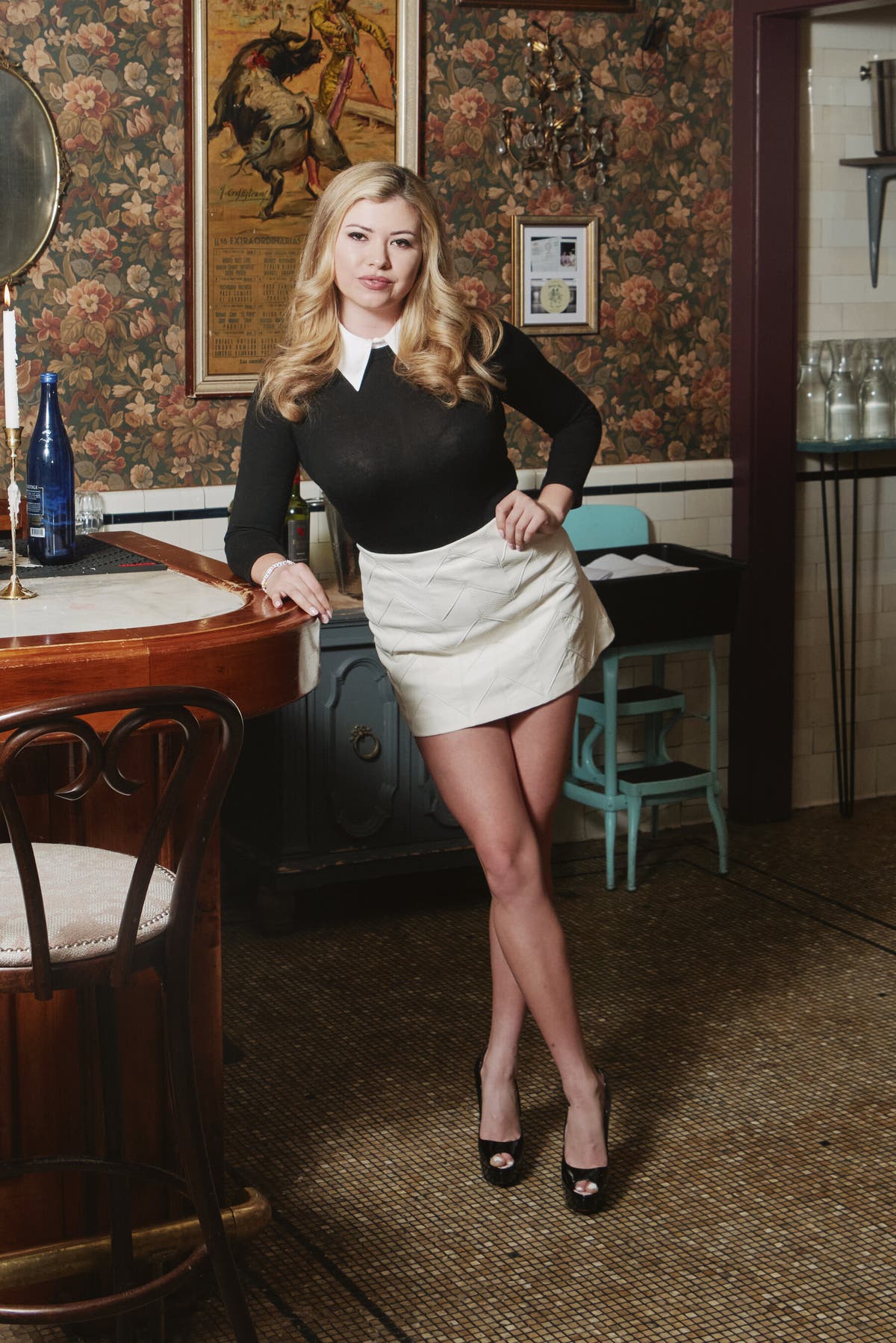
Young, Trump-Friendly, and Inside the West Wing: The Ascent of Natalie Winters
At just 24, Natalie Winters has secured a coveted spot within the White House press corps, holding a press pass that grants her access to the inner workings of the executive branch. Her position as a correspondent for Stephen K. Bannon’s “War Room” podcast places her squarely within a network influential with the current administration and its base.
Winters’ rapid rise coincides with a notable shift in the White House’s relationship with the press. The current administration has increasingly favored outlets perceived as sympathetic to its agenda, elevating voices from conservative media while often casting doubt on the credibility of established news organizations. This dynamic has propelled figures like Winters into the national spotlight, as they navigate the cramped quarters of the James S. Brady Press Briefing Room alongside seasoned journalists from legacy publications.
The White House press secretary, Karoline Leavitt, has openly questioned the relevance of long-standing news media, accusing them of disseminating falsehoods. This rhetoric creates an environment where outlets like Bannon’s “War Room,” with its significant reach among the Republican base, high-level officials, and reportedly even the President himself, gain heightened importance.
Winters’ connection to key figures within the conservative movement further underscores her position. Her current boss, Stephen Bannon, is a prominent strategist, and her previous association with Raheem Kassam, the editor-in-chief of The National Pulse, who is also an investor in a Capitol Hill bistro frequented by Trump allies, illustrates her deep roots within this political sphere.
However, Winters’ presence has not been without controversy. Her youth and unconventional style have drawn attention, and reports have circulated regarding her clothing choices and the subsequent denial of her membership application to the National Press Club. These incidents have fueled discussions about the evolving standards and norms within the White House press corps.
The White House Correspondents’ Association (WHCA), a body representing journalists from a wide array of news organizations, has voiced concerns about the current administration’s approach to media relations. The WHCA argues that prioritizing favorable outlets and undermining independent reporting creates an uneven playing field and ultimately hinders the public’s access to objective information. The elevation of outlets like “War Room,” Breitbart News, and Lindell TV, founded by MyPillow CEO Mike Lindell, known for promoting conspiracy theories, exemplifies this shift in access and influence.
Ultimately, Natalie Winters’ presence in the White House press corps serves as a microcosm of the broader transformations occurring in political media. Her youth, her alignment with influential figures, and the controversies surrounding her access and style highlight the changing landscape of news coverage within the highest levels of American government. Her role underscores the administration’s strategy of engaging directly with its base through friendly media outlets, even as it challenges the authority and relevance of more traditional journalistic institutions.
Be the first to comment